Deep Dives
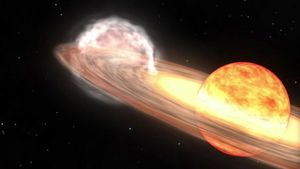
Stars — they shimmer in the night sky, burning hot across the cosmos. But sometimes … they erupt. Enter: novae. In short, a nova is an outburst in a binary system, or system with two stars that closely orbit one…
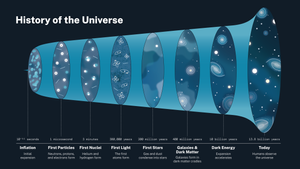
Some 13.8 billion years ago, the universe began with a rapid expansion we call the big bang. After this initial expansion, which lasted a fraction of a second, gravity started to slow the universe down. But the cosmos wouldn’t stay…
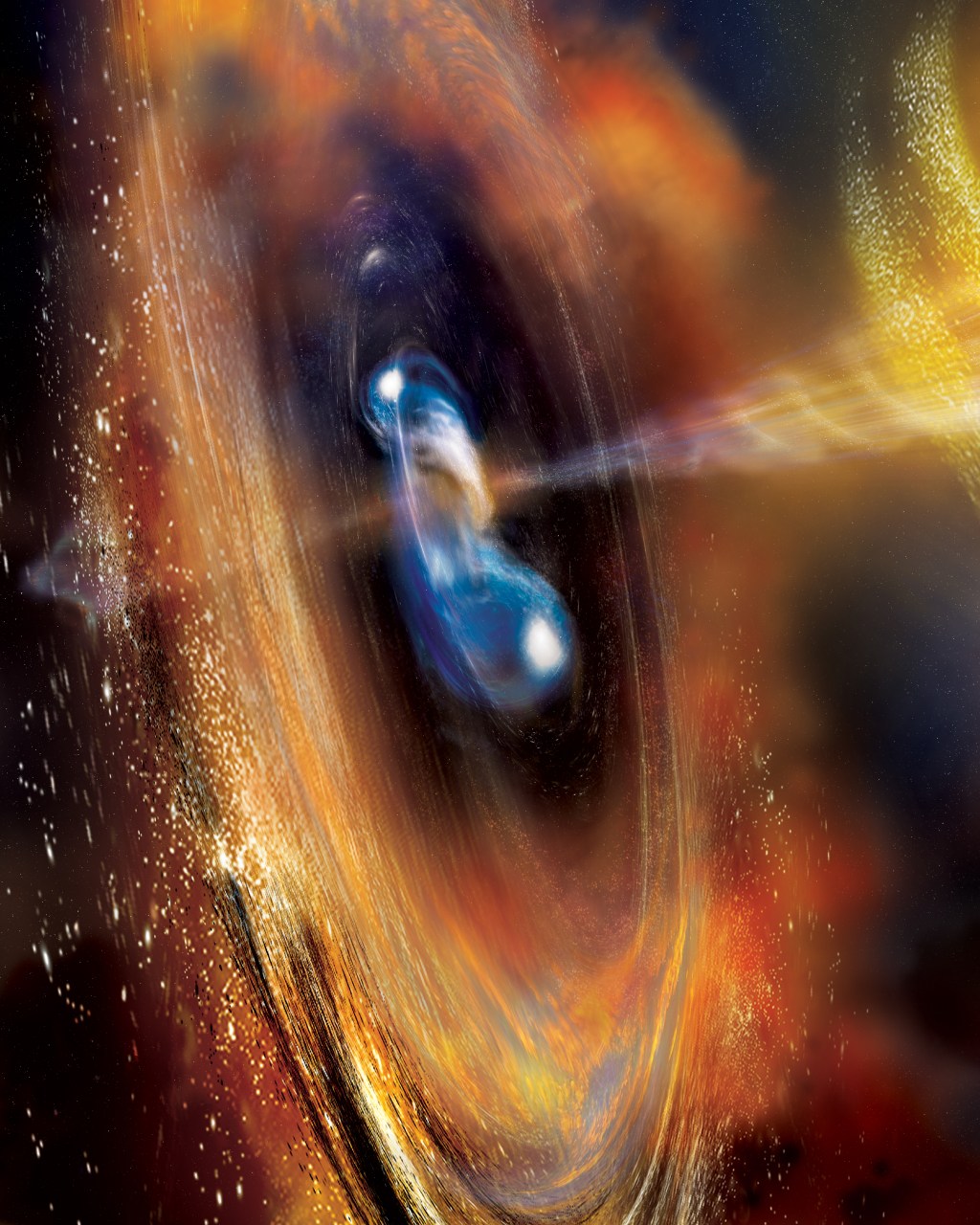
The most powerful events in the known universe – gamma-ray bursts (GRBs) – are short-lived outbursts of the highest-energy light. They can erupt with a quintillion (a 10 followed by 18 zeros) times the luminosity of our Sun. Now thought…

Billions of trillions of stars speckle the universe. Star clusters are groups of stars that share an origin, forming at roughly the same time and location, and are tied together by gravity for up to millions or even billions of…
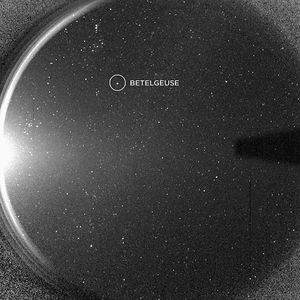
A blazing red supergiant shining brilliantly in the night sky, Betelgeuse is a star that has captured attention for centuries.
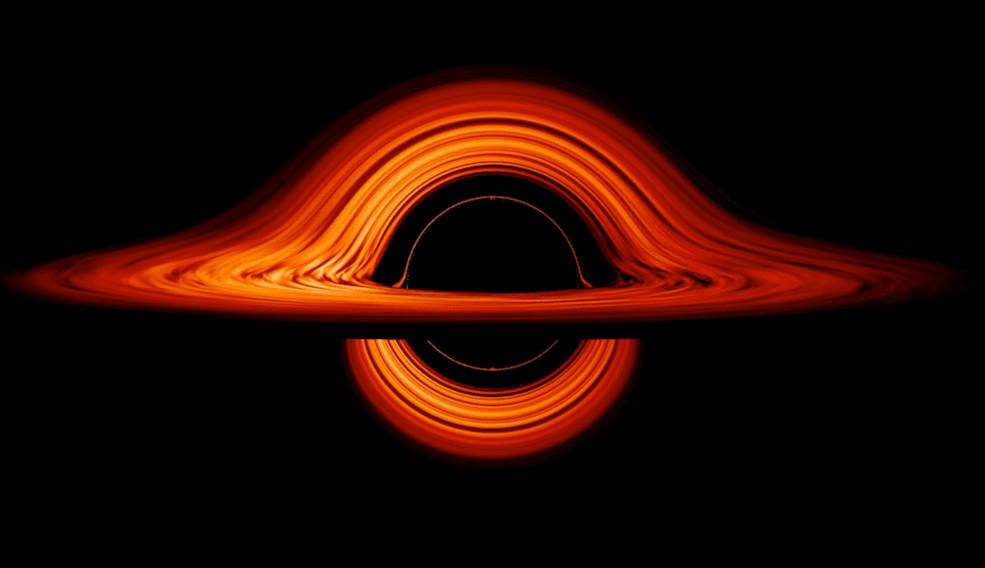
Can a star be squeezed like a tube of toothpaste, flattened like a pancake, or stretched out like a piece of spaghetti? If there’s a black hole nearby, maybe. Scattered across the universe, black holes are objects with gravity so…

The handsome Horsehead Nebula, rearing up against glowing red gas, is sculpted from dust. Like many of the most iconic images in astronomy, the nebula is made of thick clouds of the stuff, part of a vast molecular cloud complex…




























